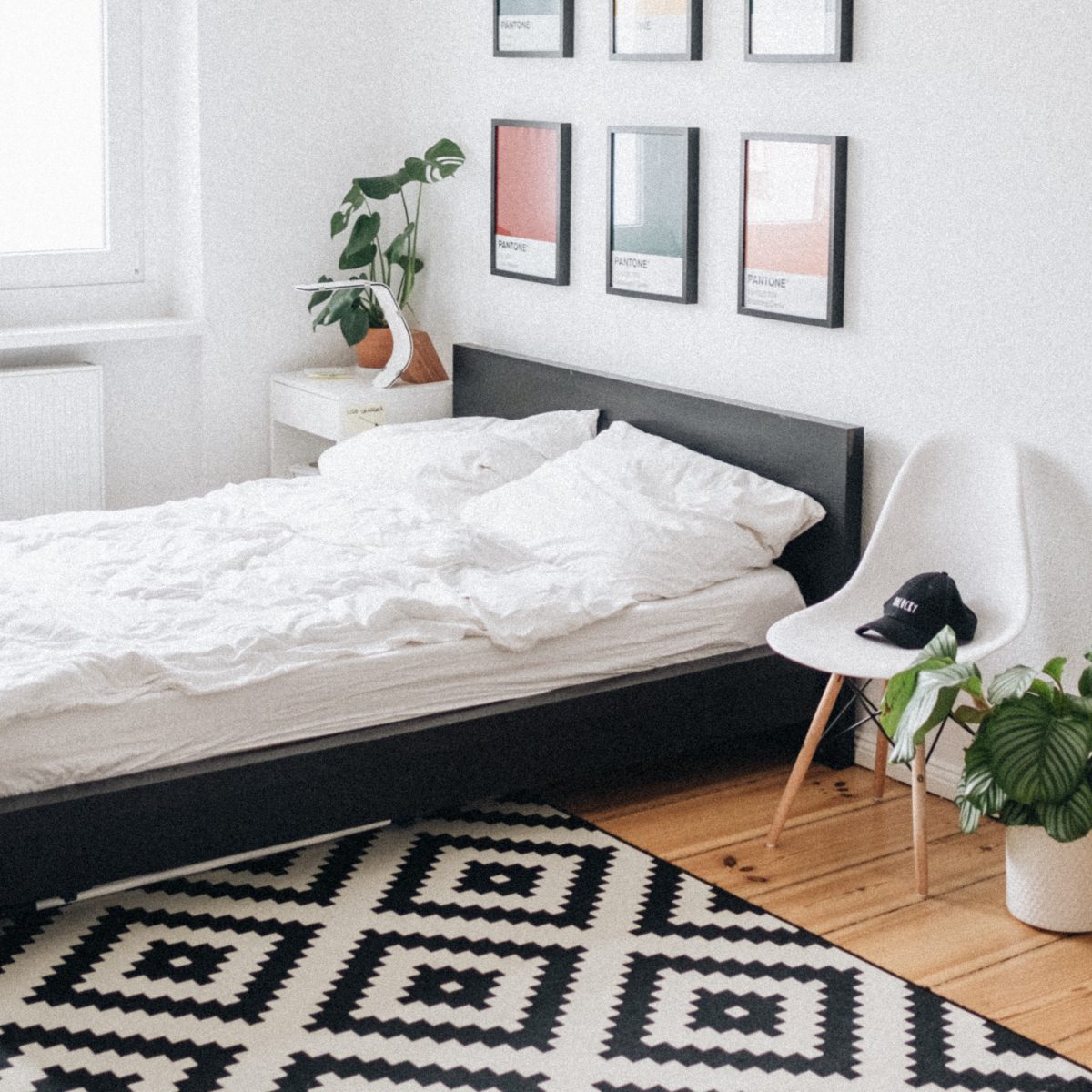
Scandi interior design is said to be the most popular in the world, finding a huge following of those who love functional furniture in rooms that are light, airy and free of clutter.
White walls, blond wooden floors and minimalist furniture are the foundational elements of the approach.
Scandi first emerged at the end of the 19th century and was based on the Gustavian and Hygge approaches from Sweden and Denmark respectively. In turn, it has inspired many other schools of interior design, such as Germany’s Bauhaus. Its modern day popularity has been driven primarily by Ikea and its low-cost, utility-focused furniture.
To embrace Scandi style in your own home, there is much more to know than simply understanding the contents of an Ikea catalogue. Minimalism and functionality are at the heart of its approach together with the need to capture as much light in a room as possible.
Scandi design is obsessed with light because of the dark and slate grey days that exist across Scandinavian countries for around nine months of the year.
Widespread adoption of Scandi design began when the Scandinavians became politically and economically closer after the defeat of Germany in World War 2. It rose in prominence as demand grew for affordable housing and furnishings. The style came to represent not just aesthetically pleasing interior design but a way to achieve post-war social equality and freedom.
It has produced iconic furniture designs such as the Egg chair by Arne Jacobson, and the Drop and Swan chairs. They are all still popular today and replicas are manufactured in China and readily available online.
Here are some key elements that will help you create a Scandi interior design:
Let in the light
Scandi is built on a foundational need for light. Scandinavians are blighted by their geographic position in the far reaches of the Northern Hemisphere, which limits sunlight for months at a time. Every effort is made to trap as much of the light as possible. This means using only light colours – mostly whites – on the walls, installing floors of blond wood and clearing the eyeline of furniture that offers no practical use.
Layer interior light for atmosphere
Creating atmosphere with internal lighting is major part of the design concept. A mixture of LED downlights, table lamps and dimmers combine to offer atmosphere suitable for every occasion. Layered lighting, for example, presents Scandi furniture beautifully. Each lighting solution will play a crucial role for some aspect of your life, from reading to entertaining.
Keep wall colours soft and light
With the emphasis on white with an occasional touch of light grey or duck-egg blue, the onus of delivering colour falls on the furnishings and artwork. Consider the implications for light in the room when choosing prints and paintings. Resist dark and grey images that create the opposite of the effect Scandi design is trying to achieve. That said, thin black frames create a wonderful contrast on the walls. Similar guidance applies for rugs on the blond or whitewashed floors. Keep them on the neutral side with a splash of colour.
Let furniture be your statement
The desire for simplicity doesn’t preclude you from making a statement. Every room should have one piece of furniture that delights the eye and aligns to the philosophy of clean and crisp lines. There are some wonderful authentic designs from which to choose. Scandinavians will invest in one of Jacobsen’s Egg chairs or, for the dining room, a wishbone chair designed by Hans Wegner. Originals will be expensive but a genuine investment. Alternatively considering sourcing replicas on the internet.
Scandi, the scourge of clutter
The clutter of impractical furniture and fixtures undermines the goal of elegant simplicity. Decoration must be sparse as the unique beauty of your room will come from the clean lines and the elegant joinery of the furniture. Don’t use this as an excuse for being boring. Consider fabrics for furnishings that can pop with colour, such as a red Egg chair and elegant prints.
Small touches make a difference
Cashmere blankets, woollen throw-rugs and plush cushions can add a vital visual layer to your interior design. They offer a great opportunity to bring a little more colour to the room, but keep within the palette of neutrals and pastels. These accessories offer each room an additional element of comfort against the austerity of neutral colour and sparse furniture.
Finish with the floor
Wall-to-wall carpet is rare in Scandinavian homes. Most flooring is of blond or whitewashed wood, or natural stone. Given the cold climate, the Scandinavians are liberal with rugs made from wool, hemp or sisal that, again, feature soft colours.
